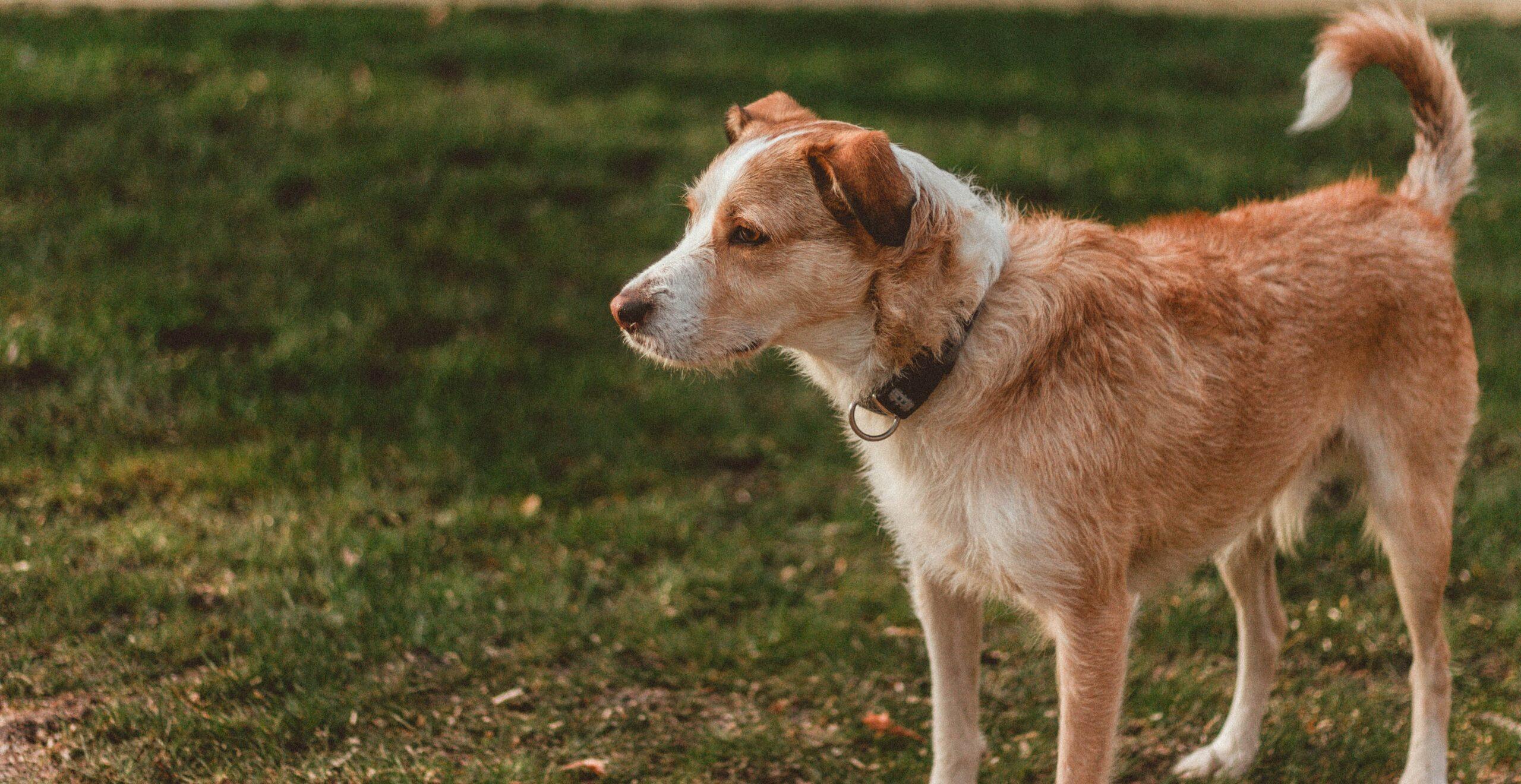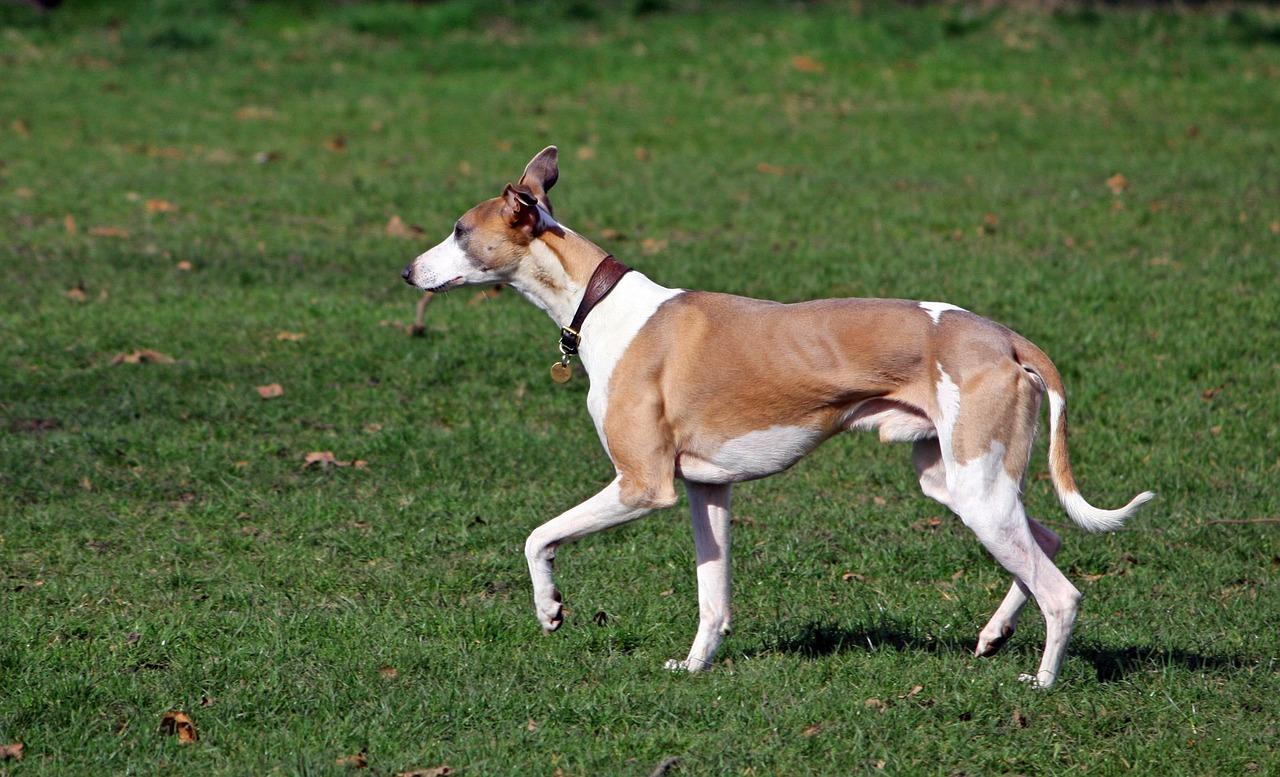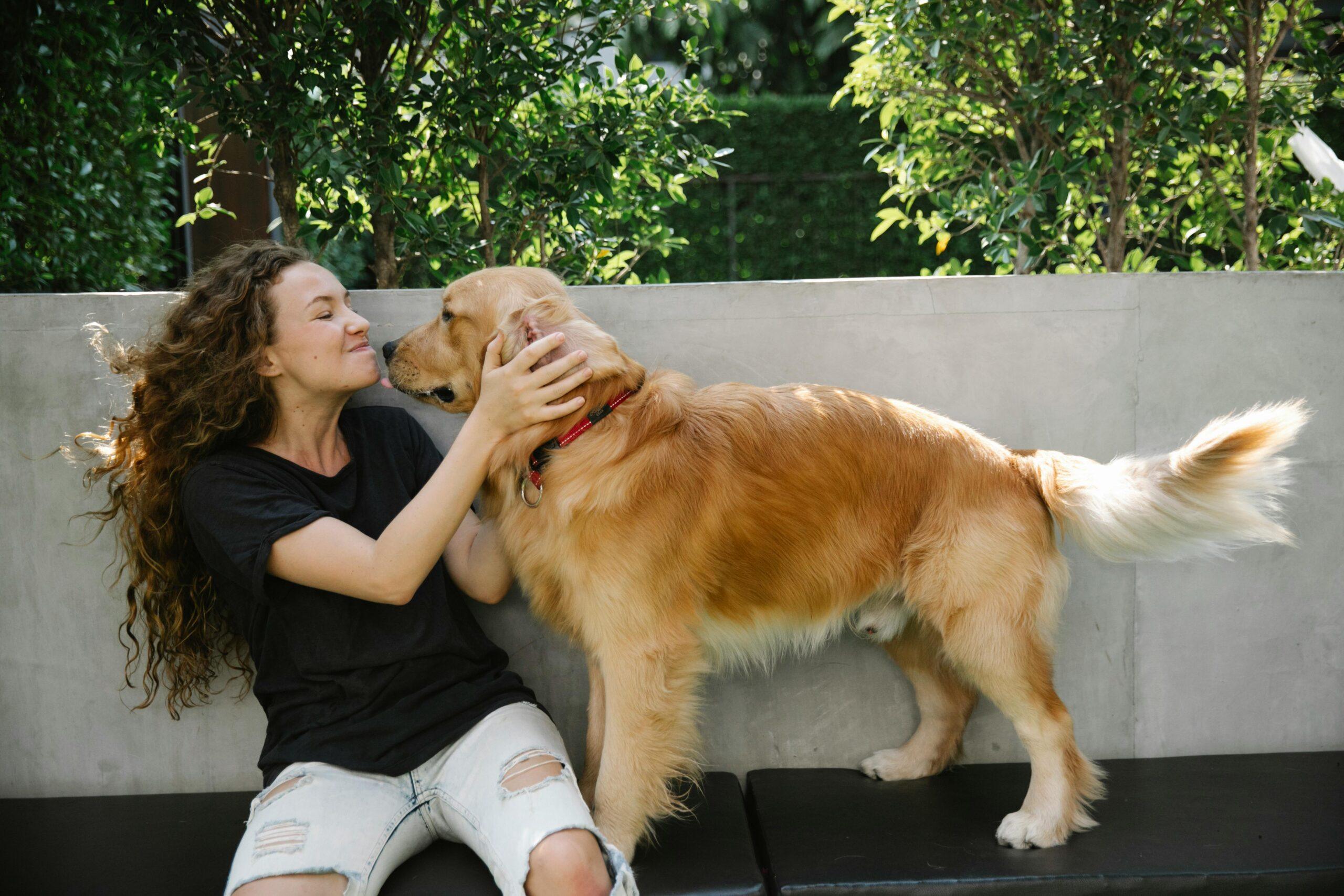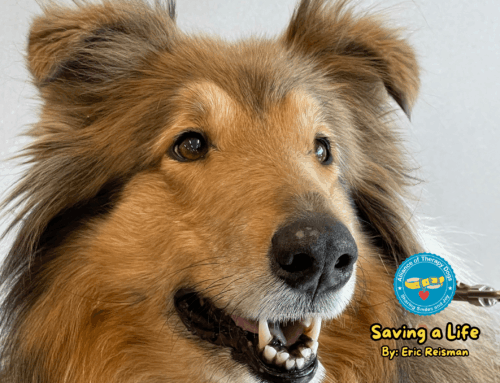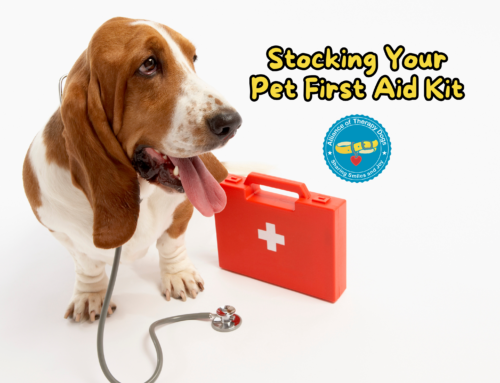Dog Body Language – What Does It Mean?
Do you ever feel confused by dog body language?
You’re not alone! It’s easy to misinterpret the meaning of dog body language. For instance, you may see your pup pant and think they’re hot but really they could be feeling anxious. Awareness of canine cues like posture, facial expressions, and vocalizations, can help you respond to their comfort levels, helping to prevent misunderstandings and potential behavior problems. Observing your dog’s body language during therapy dog visits helps you to know when to intervene if your dog is stressed or when it is tired and you need to end the visit. Always pay attention to your furry partner during a therapy visit!
Identify Stress Signals
It’s imperative to identify stress signals during therapy dog visits. Here are some body language cues that your dog might show:
- Lip licking can signal your pup is uncomfortable.
- Flattened ears can also show that your dog is nervous.
- Yawning can show tiredness or they’re anxious.
- Growling can either be defensive or it can be playful, depending on the situation.
- Panting can mean your dog is hot or they are anxious.
- Shaking may show stress, depending on the situation. Shaking is a natural action dogs do to de-escalate. If you notice constant shaking during a visit, it’s best to investigate why.
- Hiding behind you and avoiding people, most likely means your dog is stressed. When this happens, it’s best to end the visit.
- Scratching and licking themselves can mean they are anxious.
- Excessive shedding can mean nervousness and discomfort. But, if you notice the excessive shedding continues, it could be a health issue.
- Bared teeth can be a sign of aggression.
- The ‘Whale Eye’ is where you can see dilated pupils and the whites of your pup’s eye. It can mean they are nervous or afraid.
Our Therapy Dogs brochure is also a great dog body language reference.
Tail Wagging Can Mean Many Things

There are different types of tail wagging. While most tail-wagging can be positive there are some tail-wagging signs you need to watch out for.
- A vertical tail can be a sign of alertness or aggression
- A tucked tail can mean your dog is nervous or afraid
- A fast-wagging tail can mean your dog is feeling playful and happy
- Tail wagging to the left means your dog could feel suspicious of another person or canine
- Tail wagging to the right means your dog is calm
It’s also essential to recognize that some dog breeds have tails at different heights. For instance, breeds such as Pembroke Welsh Corgis and Jack Russell Terriers have stumpy tails also known as bobtails. Their tail wags may look different from a Golden Retriever or a Whippet.
Communicating at Therapy Dog Visits
While most therapy dog visits run smoothly, we do have insurance coverage included in our membership. This policy protects our members from claims of others for injury or illness and property damage from therapeutic visitations with your dog. Since our furry friends can’t talk to us, it’s important to pick up on dog body language to ensure a pleasant and safe therapy dog visit. If you notice your dog is pulling to leave or lying down and refusing to get up, it could mean your pup is ready for the therapy dog visit to be over.
Understanding your dog’s body language can strengthen the bond you share. It allows you to recognize their needs, fears, and emotions to safeguard their well-being.

